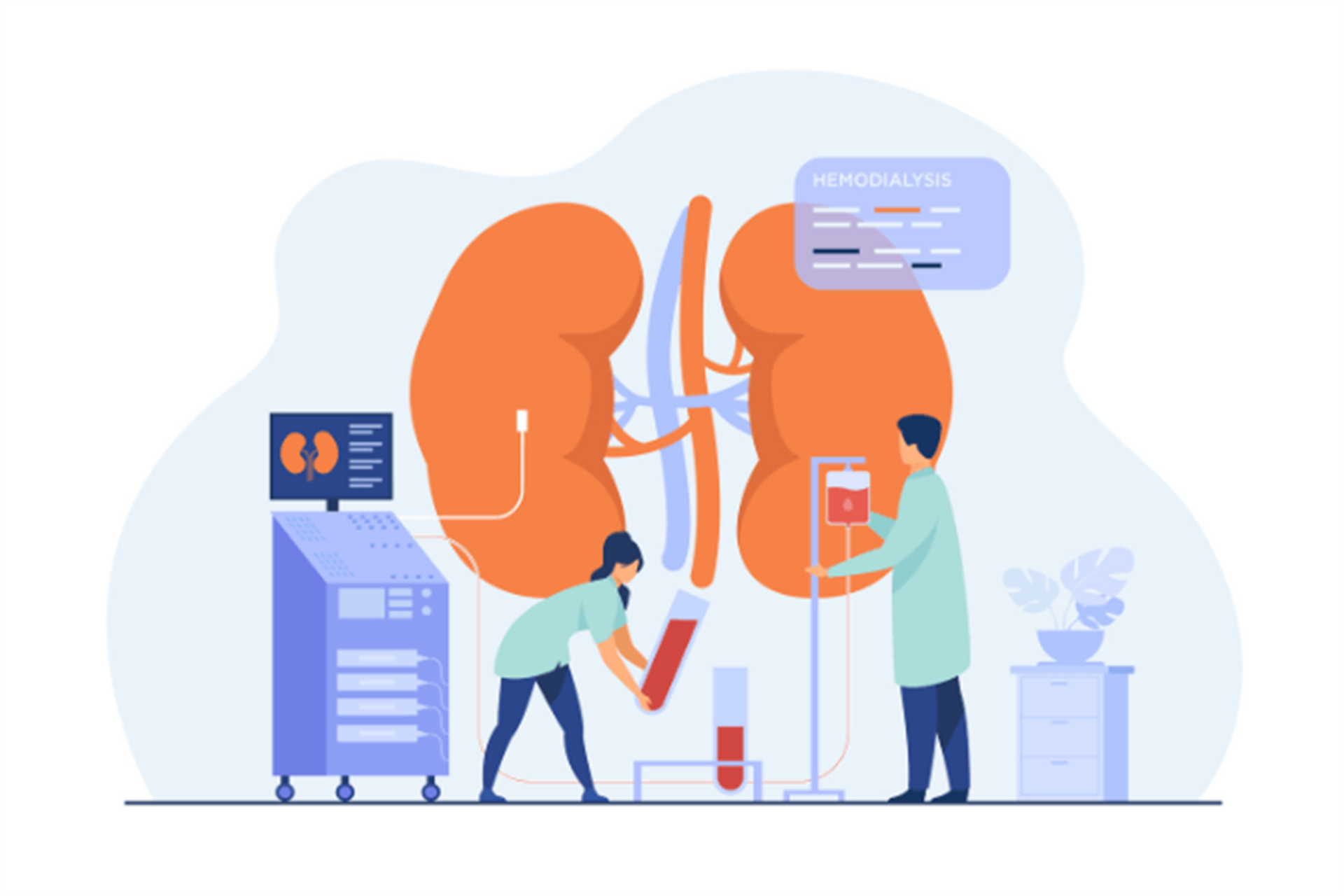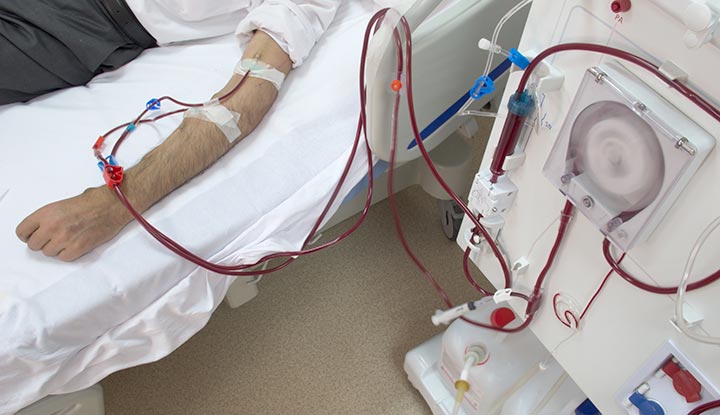Avoiding Dialysis:
Choosing to avoid dialysis involves opting for conservative management of kidney disease. This approach focuses on symptom relief and quality of life without the use of dialysis or transplantation. It may be suitable for patients with a limited life expectancy or those who wish to avoid the burdens of dialysis. This option generally involves palliative care strategies to manage symptoms and maintain comfort.Dialysis: Dialysis is a critical treatment for kidney failure, designed to perform the function of the kidneys. There are two main types:

- Hemodialysis: Blood is filtered outside the body through a machine. It requires regular visits to a dialysis center, usually three times a week. This option is effective but can be disruptive and time-consuming.
- Peritoneal Dialysis: A dialysis solution is introduced into the abdomen through a catheter, where it filters waste from the blood. This method is typically done at home and offers more flexibility but requires diligent management of the catheter and solution. Peritoneal dialysis (PD) is a type of dialysis that uses the peritoneum, the lining of the abdominal cavity, as a natural filter to remove waste and excess fluid from the blood. Here’s how it works:
Procedure: A catheter is placed in the abdomen through a minor surgical procedure. Dialysis fluid is introduced into the abdominal cavity and left there for several hours to absorb waste products. The fluid is then drained and replaced with fresh fluid.
Types: There are two main types of peritoneal dialysis:
- 1. Continuous Ambulatory Peritoneal Dialysis (CAPD): Performed manually by the patient several times a day.
- 2. Automated Peritoneal Dialysis (APD): Uses a machine to perform exchanges typically overnight.
Continuous ambulatory peritoneal dialysis
Four exchanges are usually done each day. Each exchange includes connecting a new bag of fluid, draining out the old fluid and putting the new fluid in. It takes about 30 minutes and can be done almost anywhere, with a few sensible precautions. In between exchanges, the person is free to go about their daily activities.Exchanges are typically done on waking, at lunch time, at dinner time and before going to bed. Some flexibility is available for busy days. CAPD works by gravity. When the drain bag is placed at floor level the fluid drains out. By raising the new dialysate bag above shoulder level, the new dialysate flows into the peritoneal cavity.
Automated peritoneal dialysis
During APD, a machine called a cycler does the exchanges. Each night, the catheter is attached to the tubing of the cycler. It does several exchanges, moving the dialysate in and out of the body while the person is asleep. APD is done every night and usually takes between eight to 10 hours. During the day, dialysate is usually left in the body so that dialysis continues.Pros Staying on Dialysis
- Effectiveness: Dialysis can effectively manage the symptoms of kidney failure and maintain overall health by removing waste products and excess fluids from the body.
- Regular Monitoring: Being on dialysis often involves regular visits to a healthcare provider, which means continuous monitoring and adjustment of treatment as needed.
- No Need for Surgery: Unlike kidney transplantation, dialysis does not require surgical intervention, which might be preferable for those who are not candidates for surgery or have other health concerns.
- Flexible Options: With peritoneal dialysis, you have the flexibility to manage your treatment at home, which can be less disruptive than frequent clinic visits required for hemodialysis.
- Lifestyle Impact: Hemodialysis requires frequent visits to a dialysis center, which can significantly impact your daily routine, work, and social life. This treatment can be time-consuming and may cause fatigue.
- Potential Complications: Both types of dialysis come with potential risks and complications. Hemodialysis can lead to issues like low blood pressure and vascular access problems, while peritoneal dialysis carries risks such as infections (peritonitis) and catheter-related issues.
- Diet and Fluid Restrictions: Dialysis often requires strict dietary and fluid restrictions to manage the levels of waste products and fluids in the body, which can affect your quality of life.
- Emotional and Psychological Effects: The ongoing nature of dialysis can be emotionally and psychologically challenging, potentially leading to feelings of stress, depression, or anxiety.
Cons of Staying on Dialysis
Kidney Transplantation
Kidney transplants can come from living or deceased donors. The person receiving the kidney is called the recipient and the person giving the kidney is called the donor. Living donors can be relatives, as well as partners and close friends. Occasionally they are also people unknown to the recipient. Deceased donors are people who have given permission for their organs to be donated after their death.A transplant from a deceased donor is available to medically suitable people who have been stabilised on dialysis. If the transplant is from a living donor, the operation can be done when the kidneys are close to failing, but before dialysis starts. This is called a pre-emptive transplant.
The survival rate following a kidney transplant is high – 97 per cent of recipients from deceased donors are alive at one year, and 90 per cent are alive at five years. The survival rate following a kidney transplant from a living donor is even higher – 99 per cent at one year, and 96 per cent at five years.
Assessing Your Health and Lifestyle
Health Status:
- Peritoneal Dialysis: Assess whether your health condition is suitable for home-based dialysis and if you can manage the catheter and routine.
- Kidney Transplantation: Evaluate your overall health, including any other conditions that might affect your suitability for surgery or the potential success of a transplant.
- Peritoneal Dialysis: Consider how well you can manage the routine and equipment required for peritoneal dialysis at home.
- Kidney Transplantation: Think about your ability to handle post-surgical recovery, adhere to lifelong medication regimens, and manage potential complications.

